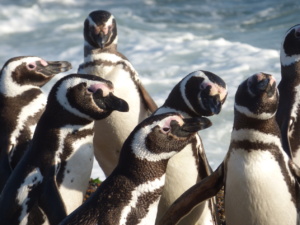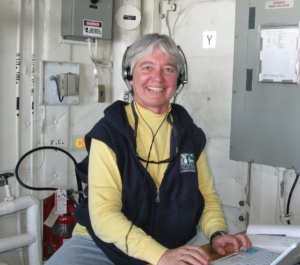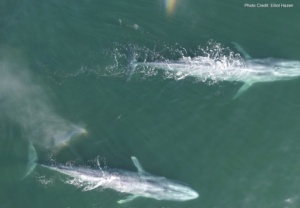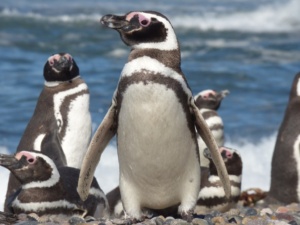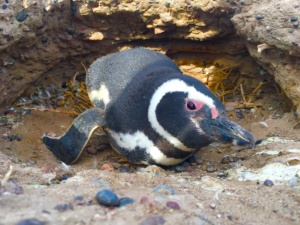Field updates: Argentina, Winter 2023
In January and February of 2023 Dr. Dee Boersma, along with PhD students Katie Holt (Boersma Lab) and Erik Johansson (Abrahms Lab), spent six weeks in Punta Tombo to set up the remote scales that weigh penguins on their way in and out of the breeding area, and followed 19 penguins using GPS tags. The three of them were also able […]
Field updates: Argentina, Winter 2023 Read More »
